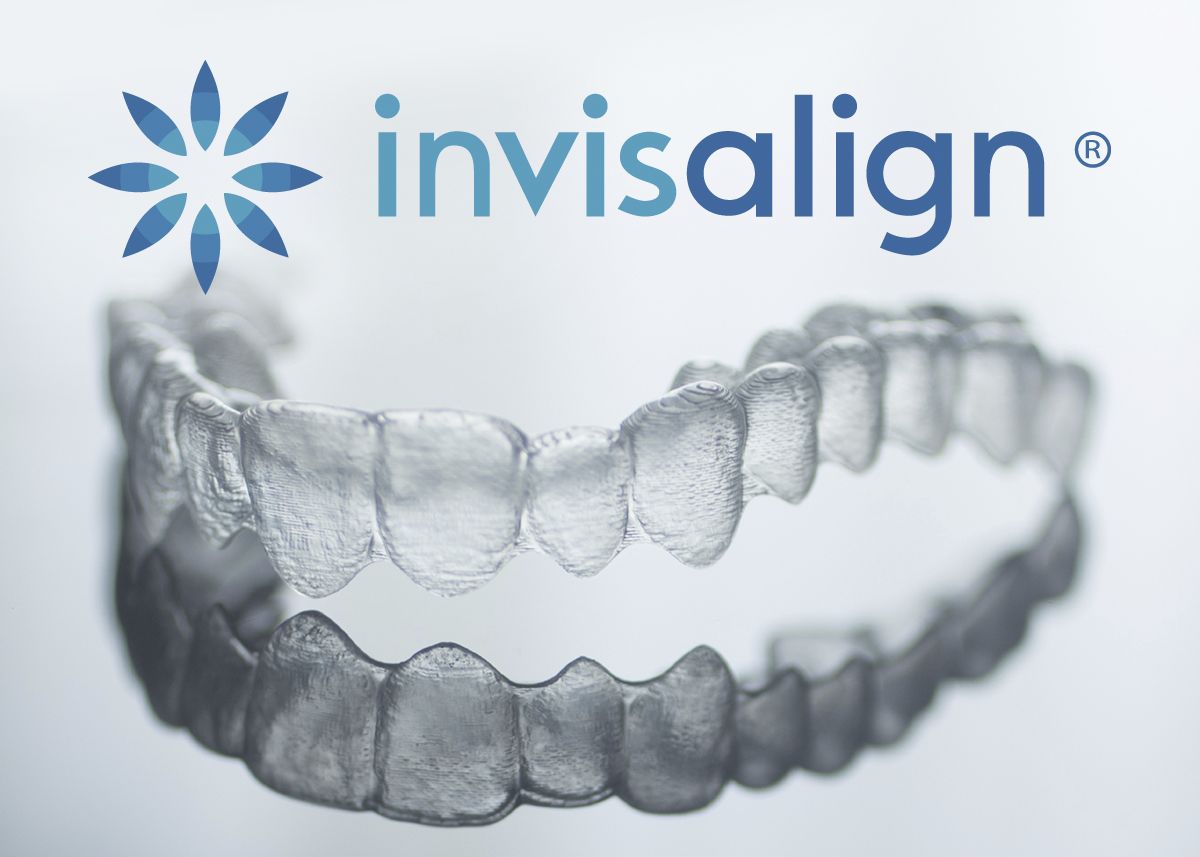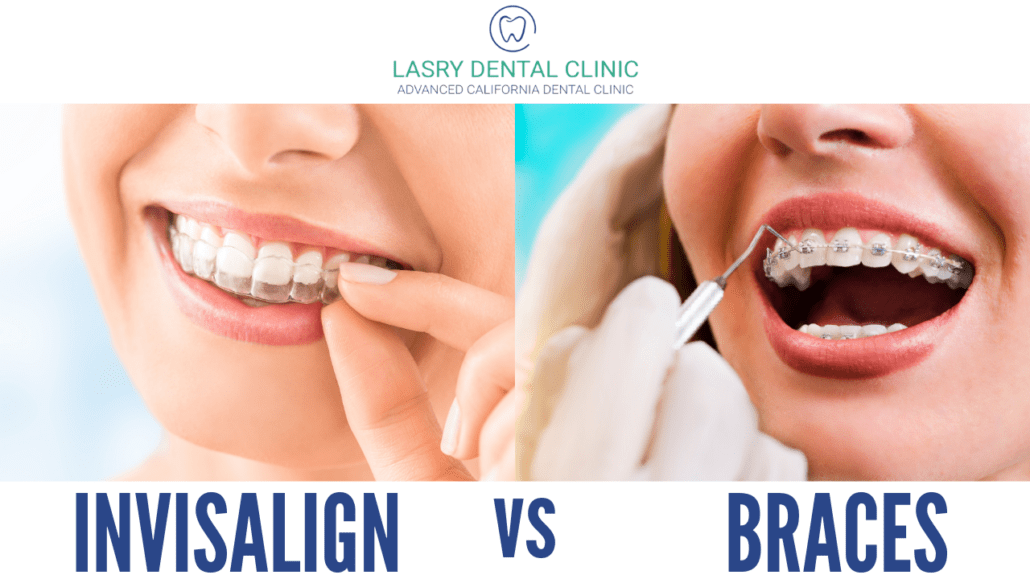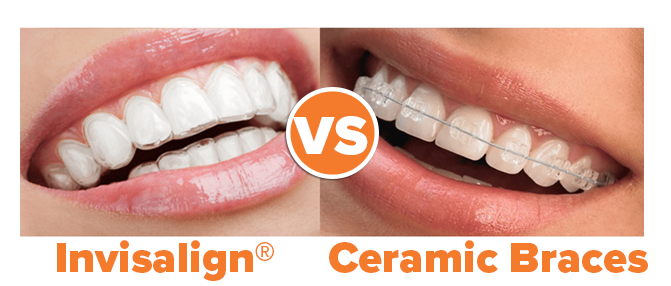Discover the Advantages of Invisalign for a Perfect Smile Makeover
Discover the Advantages of Invisalign for a Perfect Smile Makeover
Blog Article
Invisalign vs. Typical Dental braces: Which Alternative Is Right for You?
When considering orthodontic treatment, the option in between Invisalign and conventional braces provides numerous vital factors that merit cautious analysis. Invisalign supplies a very discreet alternative with removable aligners, while conventional braces offer a much more noticeable yet efficient option for extreme imbalance. Each alternative incorporates distinctive advantages and downsides associated with aesthetic appeals, comfort, treatment duration, and cost. Understanding these nuances is crucial for making an informed choice that straightens with your individual choices and way of life. The concern remains: which option will best fulfill your orthodontic requirements and assumptions?
Review of Treatment Options

On the other hand, standard dental braces consist of steel braces and wires that are bound to the teeth. This approach uses continuous stress with time to achieve positioning. While reliable for complex orthodontic issues, standard dental braces require routine gos to for modifications and can posture challenges in maintaining oral health because of the trouble of cleaning around cables and braces.
Both alternatives have their merits, and the choice typically pivots on certain oral problems, way of living choices, and patient compliance. Ultimately, speaking with an orthodontic expert is vital for establishing one of the most appropriate treatment plan customized to private requirements. Understanding the nuances of each option can considerably influence the overall success of orthodontic therapy.
Aesthetic Considerations
A considerable aspect influencing the option between Invisalign and conventional braces is the visual allure each therapy supplies. Invisalign aligners are crafted from clear plastic, making them basically unseen when put on. This very discreet appearance is specifically interesting young adults and grownups who may really feel uneasy regarding their orthodontic treatment. The capacity to keep a natural smile throughout the alignment procedure can dramatically improve the client's self-confidence in social and specialist settings.
In comparison, standard braces contain metal braces and wires, which can be extra visible. While innovations in orthodontic innovation have actually caused the development of smaller braces and colored elastics, standard braces still preserve an even more noticeable account. For some individuals, the exposure of dental braces may hinder them from seeking needed treatment.
Eventually, the selection between Invisalign and typical braces may pivot on personal preferences pertaining to looks. Patients who focus on discernment frequently lean towards Invisalign, while those that are less concerned regarding presence might choose standard dental braces. Recognizing the aesthetic ramifications of each choice is important for making an educated choice that aligns with one's lifestyle and preferences.
Convenience and Convenience

In regards to comfort, Invisalign aligners are removable, enabling patients to appreciate their preferred foods without restriction and keep ideal oral hygiene. Cleaning and flossing are simplified, as the aligners can be taken out throughout these routines, whereas traditional dental braces require mindful steering around cables and brackets.
In addition, why not try these out Invisalign's modern system permits less orthodontic check outs. Patients typically obtain multiple sets of aligners simultaneously, which can streamline the therapy process and decrease time invested in the orthodontist's chair. On the other hand, standard braces require regular adjustments, making them much less practical for those with active routines. Invisalign. On the whole, the comfort and convenience of Invisalign make it an appealing choice for lots of individuals seeking orthodontic therapy.
Treatment Duration and Efficiency
While both Invisalign and traditional braces are reliable in correcting oral imbalances, the duration of treatment can vary significantly in between the two choices. Normally, Invisalign therapy can take anywhere from 12 to 18 months, depending on the complexity of the situation. The clear aligners function by gradually moving teeth right into their desired settings, and routine follow-ups with an orthodontist aid ensure development stays on course.
In contrast, conventional dental braces often require a longer commitment, normally varying from 18 months to three years. This is because of their set nature and making use of cables and brackets, which can be a lot more efficient for intricate instances and severe see this page imbalances (Invisalign). The treatment performance of conventional braces is well-documented, as they permit precise changes and greater control over tooth activity
Ultimately, the choice in between Invisalign and standard dental braces might rest on both the awaited therapy period and the certain oral concerns handy. Consulting with an orthodontist is vital, as they can supply customized recommendations based upon private requirements, making sure the picked technique lines up with desired durations and results.
Expense Comparison and Insurance Choices
Expense plays a significant role in the decision-making procedure for people taking into consideration orthodontic treatment, whether selecting Invisalign or typical dental braces. Usually, the price of Invisalign arrays from $3,000 to $8,000, while traditional dental braces generally set you back in between $2,000 and $6,000. Variables influencing these prices consist of the complexity of the instance, the duration of treatment, and geographical place.
Insurance policy coverage can dramatically influence out-of-pocket expenditures. Several dental insurance policy strategies offer partial protection for orthodontic therapies, however the specifics can vary widely. It is vital Web Site for individuals to examine their insurance coverage to determine the level of insurance coverage for either choice. Generally, conventional dental braces may be extra frequently covered by insurance strategies contrasted to Invisalign, which some insurance firms categorize as an aesthetic treatment.
Furthermore, several orthodontic techniques offer versatile settlement plans, making both therapy options extra accessible. Individuals should make inquiries concerning prospective funding alternatives and discounts for upfront settlements. Evaluating the complete expense, consisting of insurance advantages and layaway plan, is necessary for making a notified choice that straightens with both aesthetic choices and budget plan factors to consider.

Conclusion
In recap, the choice in between Invisalign and traditional dental braces rests on numerous aspects, consisting of visual preferences, comfort, treatment duration, and expense. Invisalign provides a discreet, removable alternative that promotes dental health and nutritional adaptability, while traditional dental braces may be better for intricate oral concerns and typically come at a lower rate point. Inevitably, assessment with an orthodontist is essential to examine specific circumstances and establish one of the most proper treatment option for attaining optimal oral alignment.
When considering orthodontic therapy, the choice in between Invisalign and traditional dental braces provides several crucial elements that warrant mindful examination.Comparing Invisalign and standard braces discloses distinct therapy options for orthodontic improvement.While both Invisalign and conventional dental braces are efficient in dealing with dental imbalances, the duration of therapy can differ substantially between the 2 alternatives.Expense plays a substantial role in the decision-making procedure for people thinking about orthodontic therapy, whether opting for Invisalign or conventional dental braces.In summary, the option in between Invisalign and standard dental braces hinges on multiple factors, consisting of aesthetic choices, convenience, treatment duration, and expense.
Report this page